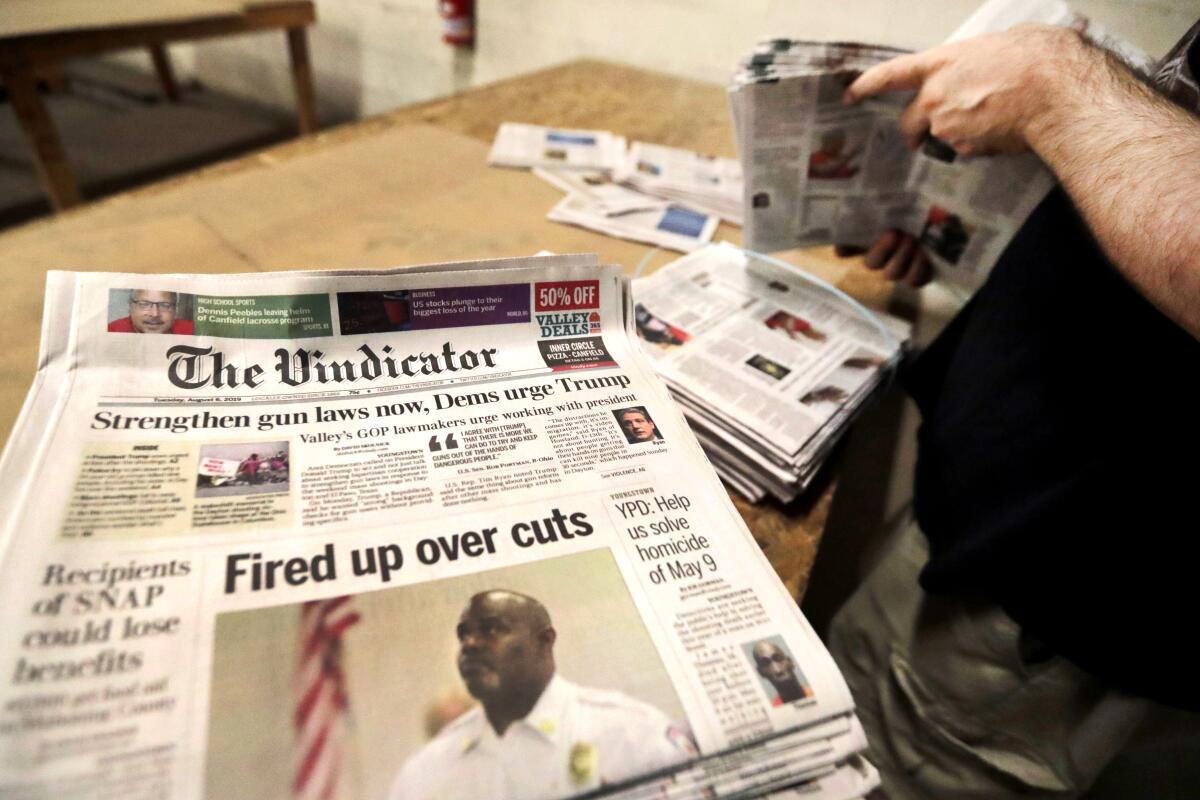Unknown Facts About News Articles
Unknown Facts About News Articles
Blog Article
The 6-Minute Rule for News Articles
Table of ContentsThe 7-Second Trick For News ArticlesThe Ultimate Guide To News ArticlesOur News Articles Ideas7 Easy Facts About News Articles ExplainedSome Known Facts About News Articles.
Excellent understanding of various subjects gives students an affordable edge over their peers. Although electronic and social media are conveniently easily accessible, we should not fail to remember just how crucial it is to check out the papers. Parents should try and instill the practice of reviewing a paper as an everyday routine to continue the legacy of the adored print tool.Newspaper article also include at the very least one of the complying with crucial qualities family member to the designated audience: distance, importance, timeliness, human interest, anomaly, or effect. The related term journalese is in some cases made use of, typically pejoratively, to describe news-style writing. An additional is headlinese. Newspapers typically stick to an expository writing design.
Within these limits, information stories additionally aim to be thorough. Amongst the larger and more highly regarded newspapers, fairness and equilibrium is a significant element in offering details.
Newspapers with a global audience, as an example, often tend to utilize a more official design of composing. The particular choices made by an information outlet's editor or editorial board are frequently collected in a design overview; common design guides consist of the and the US Information Style Publication. The main objectives of news writing can be summed up by the ABCs of journalism: precision, brevity, and clearness.
The smart Trick of News Articles That Nobody is Discussing
Generally, reporters will not make use of a lengthy word when a brief one will certainly do. They use subject-verb-object building and dazzling, energetic prose (see Grammar). They offer narratives, examples and allegories, and they hardly ever rely on generalizations or abstract concepts. Information authors attempt to prevent using the same word a lot more than when in a paragraph (in some cases called an "resemble" or "word mirror").
Headings occasionally leave out the subject (e.g., "Jumps From Boat, Catches in Wheel") or verb (e.g., "Pet cat female fortunate"). A subhead (likewise subhed, sub-headline, subheading, caption, deck or dek) can be either a secondary title under the primary headline, or the heading of a subsection of the post. It is a heading that comes before the primary text, or a team of paragraphs of the main text.

Extra billboards of any of these kinds may show up later in the article (specifically on subsequent web pages) to lure further analysis. Such billboards are likewise used as reminders to the short article in various right here other sections of the publication or site, or as promotions for the piece in other magazine or sites. Normal framework with title, lead paragraph (recap in strong), other paragraphs (information) and get in touch with information.

Instance of a hard-lead paragraph NASA is suggesting an additional area project. The spending plan demands roughly $10 billion for the job.
An "off-lead" is the 2nd most essential front web page news of the day. To "hide the lead" is to begin the write-up with background details or details of second significance to the readers, compeling them to read more deeply right into an article than they need to have to in order to uncover the vital factors.
The Facts About News Articles Revealed
Typical usage is that or 2 sentences each develop their own paragraph. Reporters usually explain the organization or framework of an information tale as an upside down pyramid. The vital and most interesting aspects of a tale are placed at the beginning, with supporting information following in order of reducing relevance.
It allows individuals to discover a topic to only the depth that their curiosity takes them, and without the imposition of details or subtleties that they could take into consideration unnecessary, however still making that details available to much more interested visitors. The upside down pyramid framework also enables short articles to be trimmed to any type of arbitrary size during format, to suit the space readily available.
Some writers start their tales with the "1-2-3 lead", yet there are many kinds of lead readily available. A kicker can refer to numerous points: The last tale in the news broadcast; a "pleased" tale to end the show.
Longer write-ups, such as magazine cover articles and the items that lead the inside sections of a paper, are referred to as. Feature stories vary from straight news in a number of methods. Foremost is the lack of a straight-news lead, a lot of the moment. As opposed to offering the significance of a story in click to read advance, feature authors might try to draw visitors in.
More About News Articles
A function's very first paragraphs typically relate an intriguing moment or event, go to my site as in an "anecdotal lead". From the particulars of a person or episode, its sight promptly broadens to abstract principles regarding the tale's subject.

The Editor's Tool kit: A Recommendation Guide for Beginners and Professionals (2001) Allan M. Siegal and William G. Connolly. The New York Times Handbook of Design and Usage: The Official Style Overview Used by the Writers and Editors of the World's Many Reliable Newspaper (2002) M. L. Stein, Susan Paterno, and R.
Report this page